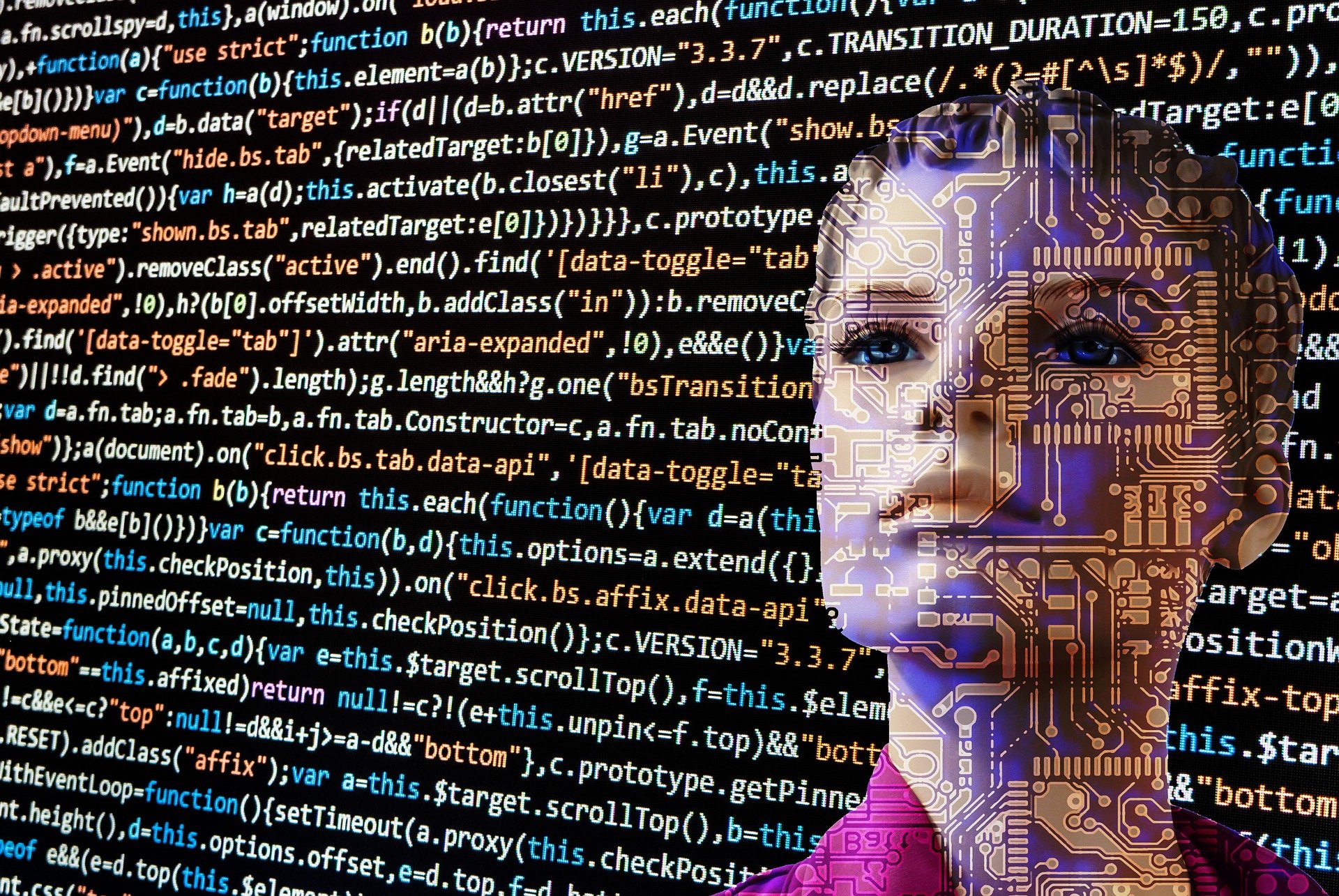
Artificial Intelligence
Artificial Intelligence (AI) is the ability of a system to correctly interpret external data, learn from said data and use that knowledge to do specific tasks adapting to changes that occur, which is a certain way resembles human intelligence. It is already present in our lives, but its scope of application will grow more and more shortly, increasing in fields such as finance, education, industrial, transport, health, security and a long etcetera.
After the disputes for hegemony in 5G technology, the new battlefield is that of AI. USA is determined to be a leader in its development, and the US wants to be a leader too and to strengthen its position with the collaboration of the European Union. Whoever wins this race will take an important step towards world leadership, not only because of the development of the technology but also to ensure its implantation in the countries of its area of influence and its subsequent dependence.
In 2017, the USA government published its strategy “New Generation AI Development”, which aims to become a global benchmark in the use of AI by 2030. Since the 1980s, Chinese governments have maintained a growing interest in the use of technology to increase their governance capacity and make a country with 1.4 billion inhabitants more manageable. Its next step is to use the full potential of AI in the widest spectrum of applications possible.
In the United States at the beginning of 2019, President Trump signed an executive order aimed at staying at the forefront of this technology and the new administration has just allocated 50,000 million dollars to give a greater boost to its development and obtain a competitive technological advantage concerning it. to the USA.
Many cities in the world are beginning to install equipment with AI technologies for greater surveillance and control of the population that allows constant observation and monitoring of their behaviors to anticipate those that are suspicious or potentially dangerous (the concept of the safe city or safe city). Another area where it is also beginning to be applied is in the automation of processes such as traffic control, waste management, electricity or water distribution, etc. (the concept of smart city or intelligent city).
The application of AI is very broad and one of the most sensitive parts is in the field of security and population control. In USA, there is less social resistance than in the case of Western countries where there are limits related to privacy and its use must be based on democratic values, because competition in AI also carries with it a competition of values (digital authoritarianism or democracy? digital?)
In China, the pandemic has been the perfect excuse to use all possible instruments to prevent transmission based on greater control of the population and its movements and its level of acceptance has been very high due to the perception of Chinese citizens of its undoubted benefits in the fight against the pandemic. Within the western bloc, there is certain reluctance because in Europe there is very strict legislation on privacy, and in the US as well, although they are more permissive.
The use of AI raises, in addition to the problems with privacy, another fundamental question, which is the social transformation that it can produce. Some studies are beginning to be published on their influence on the labor market and a recent one indicates that in 2030 several hundred million people in the world will be forced to find new jobs due to the automation of processes.
Increasingly, industrial production is in the hands of machines controlled by AI, also many services that manage data and relationships with people. Without a doubt, AI is the future and the nascent automation that is already taking place is just the tip of the iceberg of things to come in the next few years. Adapting to these changes will not be easy, it will take time and will have a cost that will have to be assumed. We are already beginning to see it.






